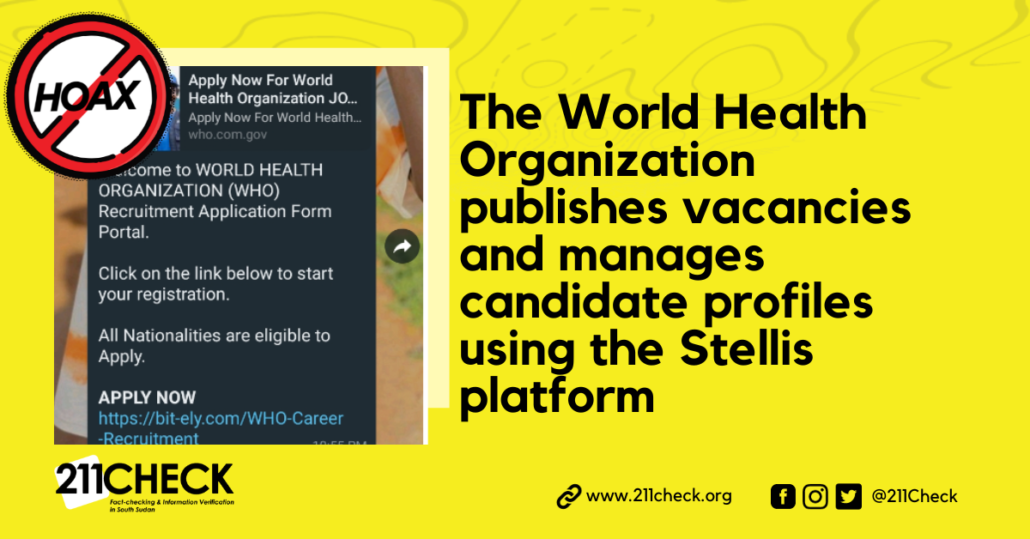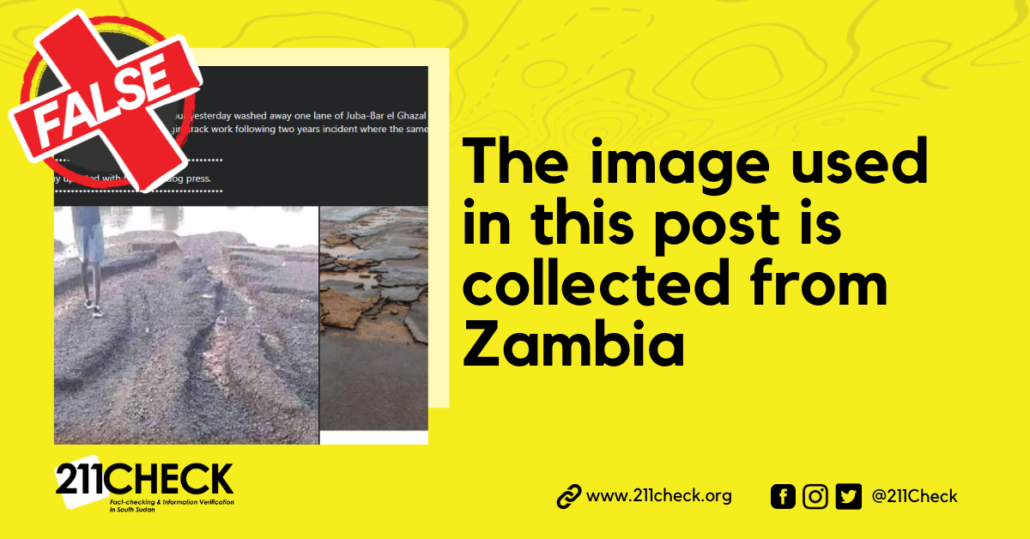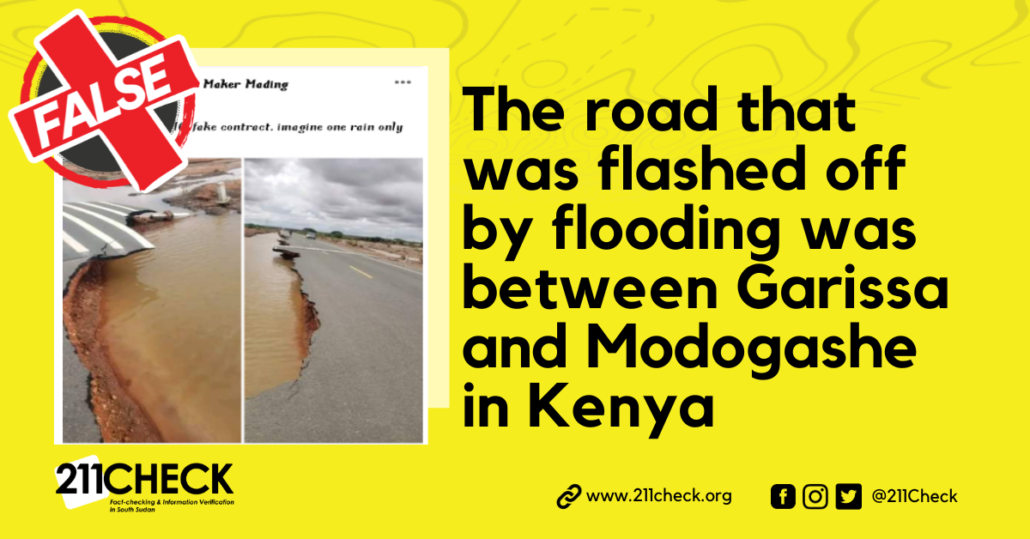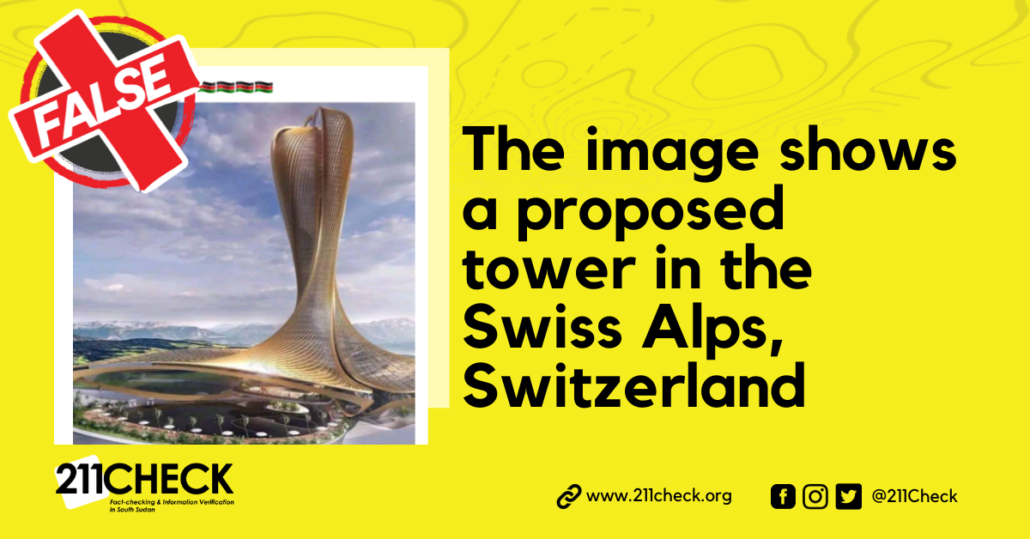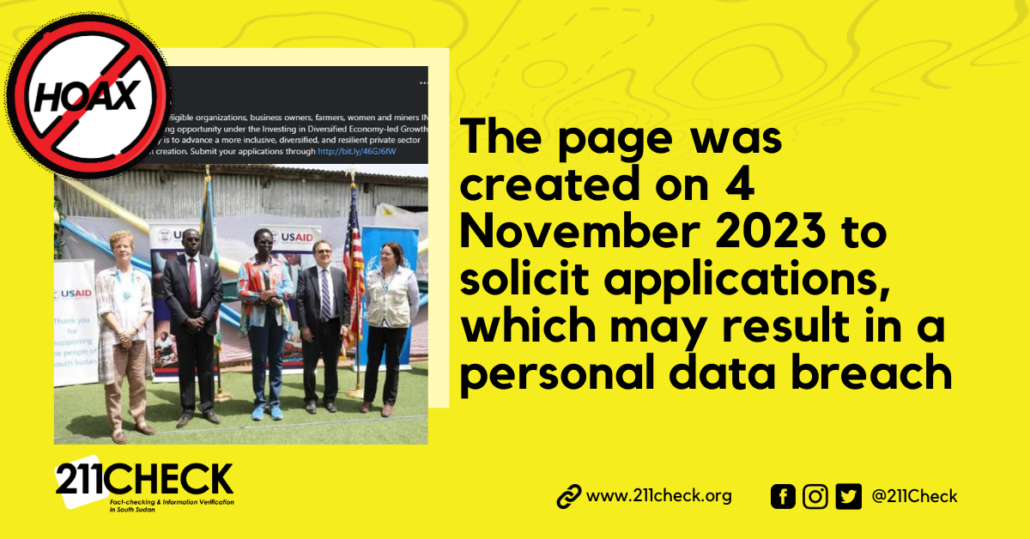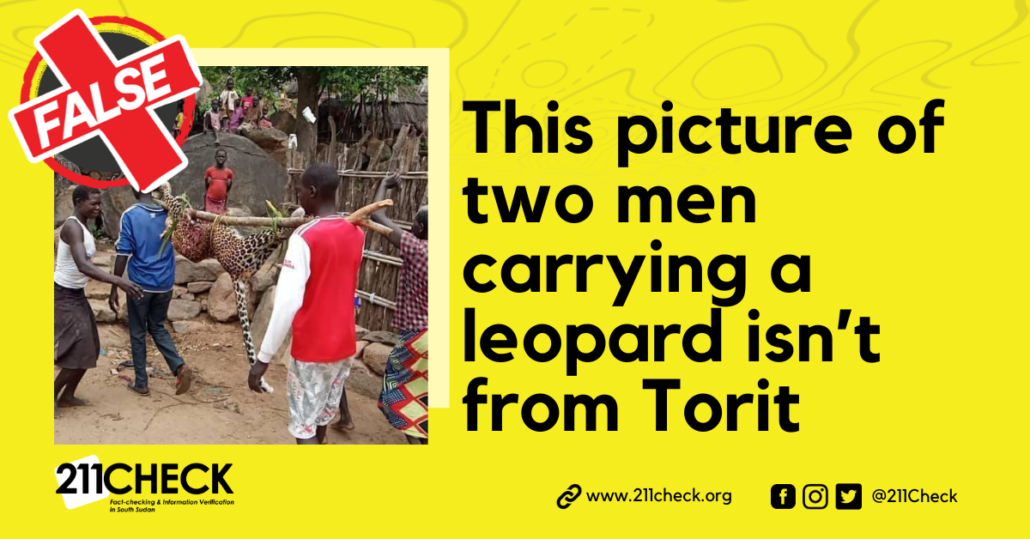Fact-check: Is fenbendazole an approved cure for cancer?
No, there’s insufficient evidence that fenbendazole can cure cancer.
Writer: Beatrice Amude Paulino
A message circulating in WhatsApp groups claiming that fenbendazole, a dog deworming medicine, can cure cancer in people is misleading.
The message, in the form of a screenshot, asks people to look up the ‘Joe Tippens Protocol’ to learn all about ‘Fenbenzadol /Pancur’. According to the message, Pancur kills almost every cancer and is made up of a drug called ‘fenbendazole (sic)’, which kills the cells. and explains that it is unlike the medication the National Health Service provides.
It is accompanied by a message that says: “Please, my people, your cure for cancer has arrived.”
The claim was also posted here, based on the account of Joe Tippens, an American man who claimed he had been diagnosed with lung cancer, which later went into remission after he began taking fenbendazole on a veterinarian’s recommendation.
Videos about the protocol have also been shared here, here, here and here.
Claim Verification:
According to research published in the AntiCancer Research Journal in 2013, “studies provided no evidence that fenbendazole warrants further testing as a potential agent for use in cancer therapy.” The study suggested that it was possible that related compounds could be valuable anticancer drugs.
Additionally, a study published by the American National Library of Medicine noted no evidence that fenbendazole would have value in cancer therapy but suggested further investigations.
The American Food and Drug Administration (FDA) also warned against products claiming to cure cancer on websites or social media platforms.
Further, Juba-based oncologist James Zabit Christopher told 211 Check via message that fenbendazole isn’t a proven anticancer therapy. “It is a broad spectrum benzimidazole anthelmintic used against parasites including giardia, roundworms, hookworms, and whipworms. It is a dewormer for domestic animals,” he wrote in response to our query.
Conclusion:
211 Check finds out that the claim circulating in WhatsApp groups claiming that fenbendazole, a dog deworming medicine, can cure cancer in people is scientifically unproven.
This fact check was published by 211 Check with technical support from Code for Africa’s PesaCheck newsdesk through the African Fact-Checking Alliance(AFCA).
To ensure accuracy and transparency, we at 211 Check welcome corrections from our readers. If you spot an error in this article, please request a correction using this form. Our team will review your request and make the necessary corrections immediately, if any.
It’s vital to fight misinformation and disinformation in the media by avoiding fake news. Don’t share content you’re uncertain about. False information can harm and mislead people, risking their lives—Fact-check before sharing. For more details, visit https://211check.org/ or message us on WhatsApp at +211 917 298 255. #FactsMatter


